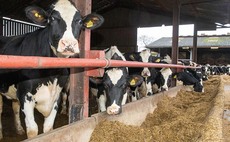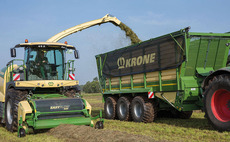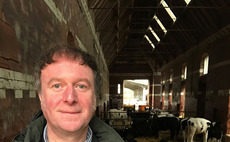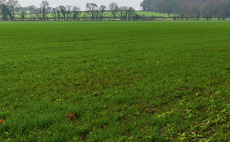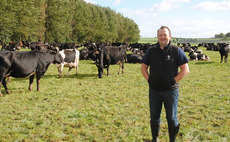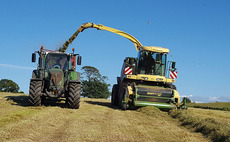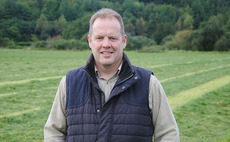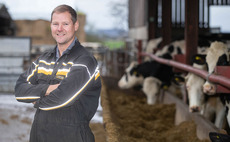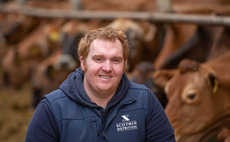Grassland Toolkit
Dairy
Tedding and raking are the unsung heroes of silaging and should be given as much care and attention at harvest as any part of the silage-making process.
Dairy
Producing your own haylage, rather than buying-in dietary straw, could bring numerous benefits.
Dairy
Ultra Low Volume application - for example where silage additive is applied at 20ml/tonne of grass compared to the usual 1-2 litres/tonne - could save considerable time at harvest
Dairy
Adopting Controlled Traffic Farming (CTF) could help reduce soil compaction risk and boost yields by up to 10.5% while also reducing nitrous oxide emissions.
Dairy
Taking the time to knock out seedling weeds in a new grass reseed will substantially reduce the likelihood of them returning at a later date and safeguard investment.
Dairy
It is time to rethink herbicide timings and prioritise an autumn application when weed control could be more effective than in spring.
Dairy
Whether it is timings of slurry application, tyre size or how machinery travels on grassland, everything is designed to prevent soil compaction at Warnockland Farm, Ayrshire.
Dairy
With some key clover-safe sprays set to disappear from the market this year, a new herbicide mix could provide farmers with an effective solution for controlling weeds in clover swards.
Dairy
Growing lucerne to reduce reliance on bought-in protein is part of one Leicestershire farm’s strategy to create a more sustainable farming system.
Dairy
Cutting grass at the optimum stage and applying a silage additive are just some of the reasons one all-year-round housed herd is producing nearly 50% milk from forage.


 18 February 2020
•
4 min read
18 February 2020
•
4 min read
